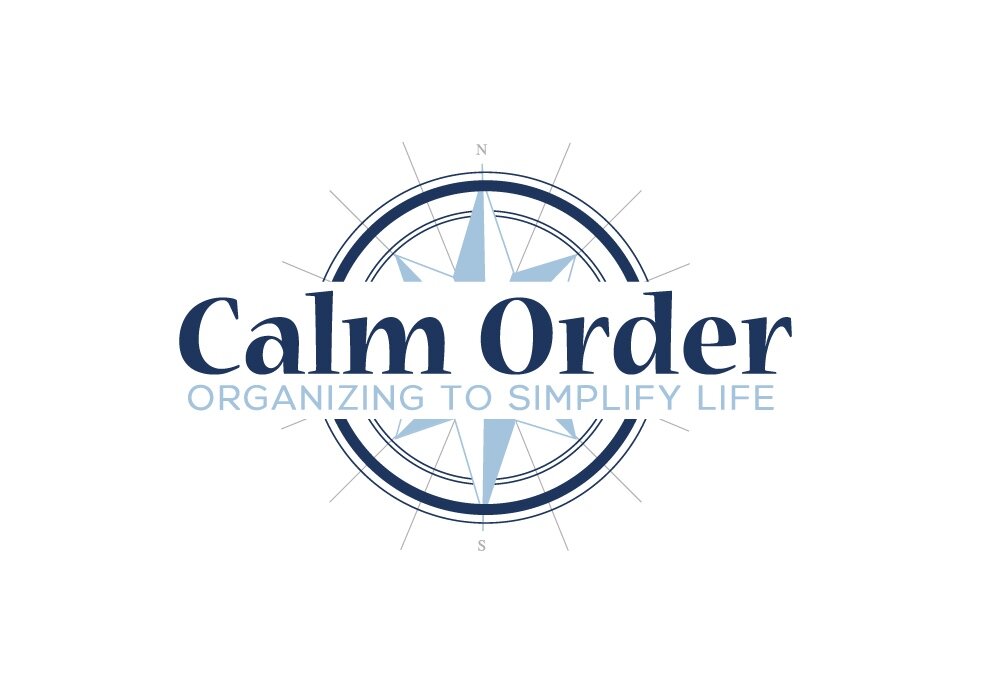I was on air with CBC last week to comment on the Kondomari method of organizing and had some fun with the morning crew at CBC - The Eye Opener. It was such a brilliant morning I wanted to share it with you all. If you are interested in hearing it, a copy of the clip is posted below. We had lots of laughs and giggles! I enjoyed the morning crew and their array of “collectibles," treasures and other sorts of desk cluttering items immensely.
The office was full of personal memories, trinkets, nostalgic items and CBC Memorabilia. Just think of all the celebrities, stories and events that have transpired in that one CBC Calgary office over the years! Messages of thanks and gratitude came in various sizes, shapes and forms - from hats, stuffed animals, plastic lobsters, and horns.. you name it! Each item had a story, event, special meaning or some kind of nostalgia behind it.
Let's face it, history, heritage, and life memories of our own lives are contained in a home. The CBC has a building full of employees, many of which have been there for years, and some a lifetime. Each person who has walked through that door has stories and history to tell. CBC has had every imaginable guest, celebrity, cause, city event, world event, as well as subject matter, idea, accomplishment, and story to be told.
Keepsake or Clutter?
People insisting on keeping every item that is attached to a memory, special event, or person will end up with an overwhelming clutter of items that can no longer be enjoyed. Figuring out how to separate the memory from the stuff and what you can release is essential. Your precious keepsakes will become lost among the clutter piles, boxes, and bins where no one can enjoy them.
CBC Calgary Building up for Sale
With the CBC building up for sale, the reality is that office if going to be moving and there is a lot of Calgary and Calgary's people in that office; a lot has transpired in that office. I would love to see CBC writers take the time to create a book or document, take pictures, and record the stories and history of the many memories behind the desk-cluttering items and memorabilia that have accumulated in that iconic Calgary landmark office.
There is no better time than now to start recording the history of the Calgary CBC building. To the staff at CBC Calgary: take 5 minutes out of your day to write about the lobster, my little ponies, the horns, the people and the whatchamacallits. You will be forever grateful you did. Don't forget to take the picture!
How do we deal with all that nostalgia and memorabilia?
How do we decide which items to keep and which to discard? Each item will be unique and beautiful - a laugh, a giggle, a story that you just don’t want to forget. However, you need to realize that not everything can go to the new place. That is the reality.
Create short video clips while holding your item and telling the story, make it real! Feel that great memory again! Share it often. Use things like Instagram where you can take a picture and post the story, picture, or video clip!
Keep the historic old radios and communications memorabilia and create a history wall display while capturing generations of time through the radio or donate these items to a museum for all to enjoy. Display your radio heritage and your endless contributions to Calgary proudly.
Thank you to the CBC Eye Opener crew for a fantastic morning. Lots of laughs had by all!
http://www.cbc.ca/player/play/2681511858/
http://www.cbc.ca/news/canada/calgary/marie-kondo-cbc-calgary-angela-knight-1.3391996
Calm Order is a professional organizing service specializing in home organization and moving. Calm Order is committed to providing a more comfortable and beautifully appointed living space; offering sustainable customized organizing solutions that are effective with refined style.
Our approach is genuine and sincere with a keen eye for detail, and a personal sense of refined style. We believe you will have achieved a renewed sense of calm and order and a greater understanding for the importance of living in an organized, calm, simplified clutter free environment.












